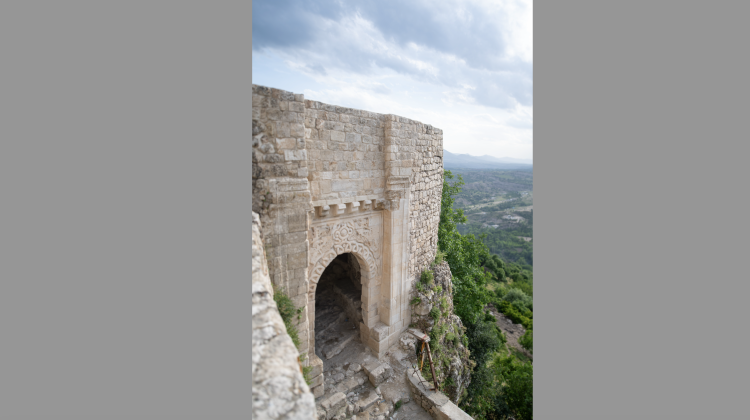AKPIA 2024 Fall Lecture Series: An Evening With: Zainab Bahrani: The Mosul Gate at Amediye: towards an archaeology of preservation and counternarratives of the past

Copyright: Columbia University photo
Zainab Bahrani is Edith Porada Professor and Chair of the Department of Art History and Archaeology at Columbia University in New York. She is the author of several books including Women of Babylon: Gender and Representation in Mesopotamia (Routledge, 2001), The Graven Image: Representation in Babylonia and Assyria (University of Pennsylvania, 2003), Rituals of War (Zone/MIT, 2008) which won the American Historical Association Prize, and The Infinite Image: Art, Time and the Aesthetic Dimension in Antiquity (Reaktion/University of Chicago, 2014) which won the Lionel Trilling Prize, and Mesopotamia: Art and Architecture (Thames and Hudson, 2018). She is also editor and co-author of volumes written to accompany her co-curated exhibitions: Scramble for the Past: A Story of Archaeology in the Ottoman Empire 1753-1914 (Istanbul, 2011) and Modernism and Iraq (New York, 2009). Her new book is War Essays (UCL Press). Distinctions include election to the Slade Professorship at Oxford, and awards form the Getty Foundation, the Mellon Foundation, a 2003 Guggenheim, and a 2019 Carnegie award. In 2020 she was elected to the American Academy of Arts & Sciences. Bahrani is director of the Bahdinan Mosul Gate conservation project in Iraqi Kurdistan, and the Mapping Mesopotamian Monuments project in Iraq and Turkey.
Abstract
Reflections on ruins and practices of architectural preservation have long been characterised as distinctive preoccupations to be understood historically within intellectual and political contexts of modern Europe. Historians of Archaeology and its theories are now increasingly contesting this view. As a result of extensive archival research and the reading of colonial archives against the grain, alternative or indigenous archaeologies, and earlier forms of relationships to the past have begun to receive more serious scholarly attention. Towards this effort to unsettle the discursive dominance of colonial archaeology and its archives, this lecture turns to the archive within the field. The landscape of tells and ruins, and of historical architecture in Iraq, reveals tangible evidence of preservation and conservation practices that counter both Orientalist portrayals and colonial -imperialist accounts of unenlightened natives ignorant of the past, requiring the intervention of a civilizing mission. While both heritage destruction and colonial narratives erase and rewrite histories, an archaeology of preservation practices can become a source for constituting an archive of resistance against erasure and ethnic cleansing. Archaeological work, Bahrani argues, can be turned to such activist refusals of colonial narratives of Mesopotamia. The lecture augments and substantiates Bahrani’s earlier archival and theoretical work with her fieldwork in Amediye, presenting some of the archaeological evidence of architectural preservation and conservation practices in Iraqi Kurdistan, and the archive within the landscape of Iraq.


